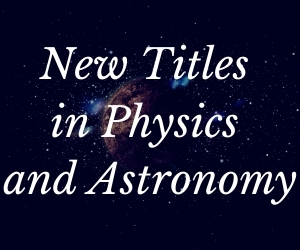System Upgrade on Tue, May 28th, 2024 at 2am (EDT)
Existing users will be able to log into the site and access content. However, E-commerce and registration of new users may not be available for up to 12 hours.For online purchase, please visit us again. Contact us at customercare@wspc.com for any enquiries.
Werner Heisenberg and Richard Feynman find quantum physics fascinating and necessary for understanding the atoms. Albert Einstein dislikes it and Isaac Newton does not understand it, which is not surprising. This is the scenario for animated discussions between five people. Harald Fritzsch brings together Newton and the three great physicists of the 20th century in an imaginary meeting. His “alter ego” Adrian Haller moderates the discussions.
By means of questions and answers the whole cosmos of quantum physics is described in a simple way, easily understandable non-physicists. The beginnings of quantum theory and atomic physics as well as the importance of quantum physics for our daily life — these and many more topics are the subjects of the interesting and fascinating discussions.
Sample Chapter(s)
Foreword (93k)
Introduction (107k)
Chapter 1: The Start of Quantum Theory (628k)
Contents:
- Introduction
- The Start of Quantum Theory
- Atoms, Waves and Particles in Quantum Physics
- The Quantum Oscillator
- The Hydrogen Atom
- The Spin — A New Quantum Number
- Forces and Particles in Quantum Physics
- The Periodic Table
- Quantum Theory and the Relativity of Space and Time
- Electrons and Photons
- Colored Quarks and Gluons
- Massive Neutrinos
- The Masses of Particles
- The Fundamental Constants of Nature
Readership: General, students and researchers in physics.
























